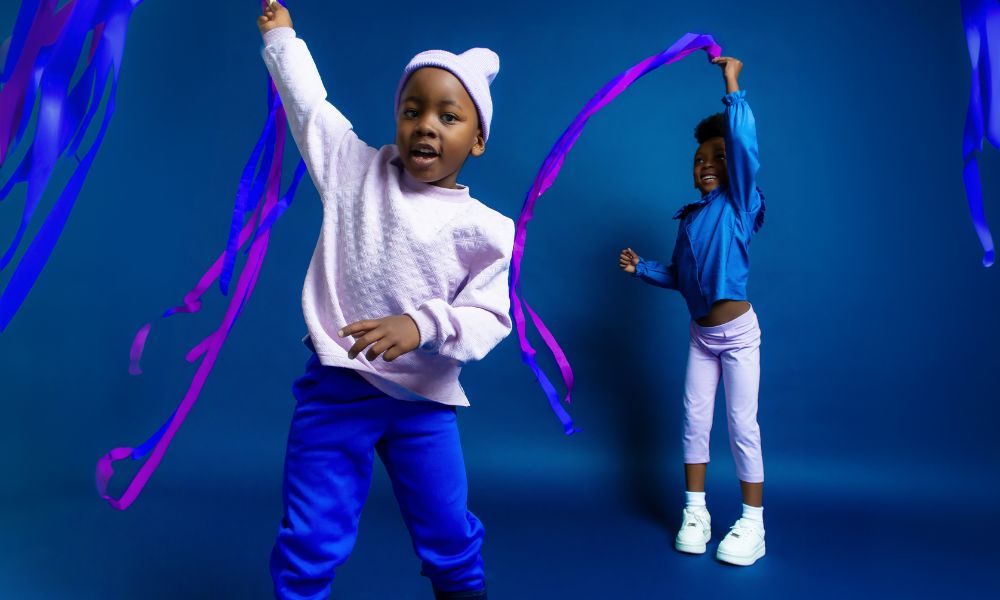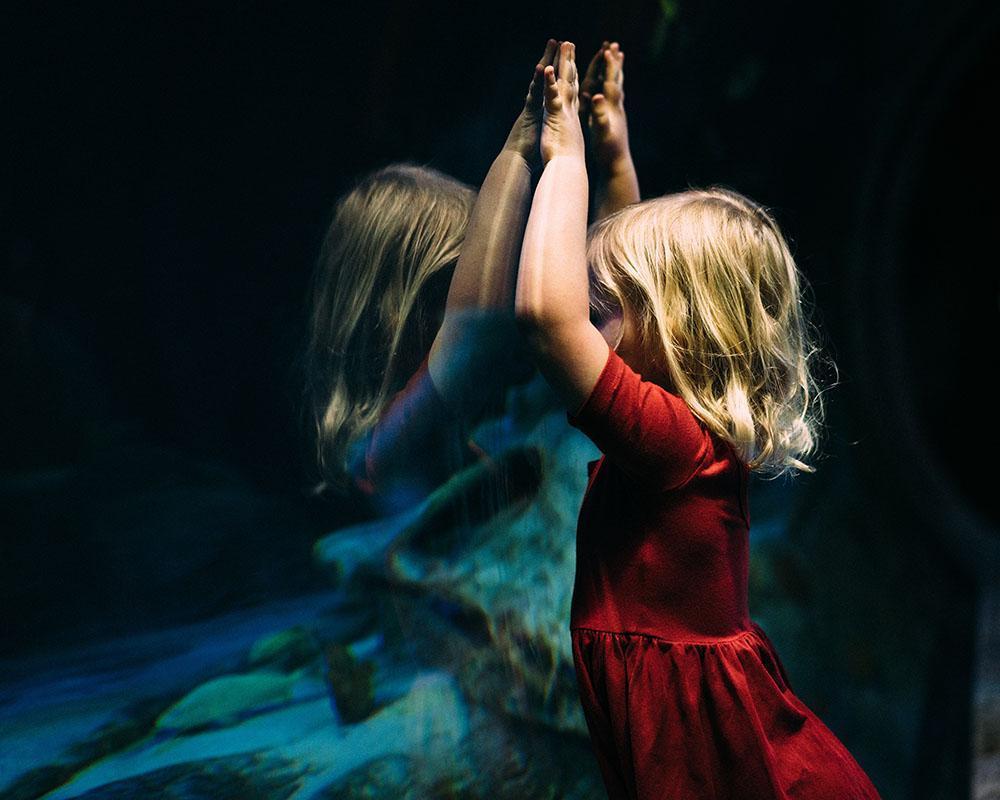All children have the right to feel safe and be safe. But safety doesn’t just happen; it is a shared responsibility. For dance teachers and leaders, creating a child safe environment includes being aware of the requirements and risks, a commitment to practices that minimise the risks, and the ability to respond appropriately to incidents of child abuse. By developing child safe policies for your dance organisation you will create a child safe environment and be complying with the law.
Mandatory requirements and enforcement
All dance organisations that provide services for children must implement Victoria’s 11 Child Safe Standards to protect children and young people from abuse.
Victoria’s Child Safe Standards are a set of mandatory requirements introduced in 2016 to protect children and young people from harm and abuse. The 11 Child Safe Standards came into force on 1 July 2022 and all dance organisations that provide services to children must comply with these Standards.
As of January 2023, the Commission for Children and Young People (CCYP) expect organisations to have comprehensively implemented the new Standards. Stronger penalties apply for organisations, businesses, and sole traders that do not comply with the Child Safe Standards.
What the standards aim to achieve
The Standards exist to prevent harm and abuse from happening in organisations.
The Child Safe Standards aim to:
- promote the safety of children
- prevent child abuse
- ensure organisations and businesses have effective processes in place to respond to and report all allegations of child abuse
Child Safe Standards work by:
- driving changes in organisational culture – embedding child safety in everyday thinking and practice
- providing a minimum standard of child safety across all organisations
- highlighting that we all have a role to keep children safe from abuse
The 11 Child Safe Standards
The mandatory requirements in the Standards include:
- involving families and communities in organisations’ efforts to keep children and young people safe
- a greater focus on safety for Aboriginal children and young people
- managing the risk of child abuse in online environments
Standard 1
Organisations establish a culturally safe environment in which the diverse and unique identities and experiences of Aboriginal children and young people are respected and valued
Standard 2
Child safety and wellbeing is embedded in organisational leadership, governance and culture
Standard 3
Children and young people are empowered about their rights, participate in decisions affecting them and are taken seriously
Standard 4
Families and communities are informed and involved in promoting child safety and wellbeing
Standard 5
Equity is upheld and diverse needs respected in policy and practice
Standard 6
People working with children and young people are suitable and supported to reflect child safety and wellbeing values in practice
Standard 7
Processes for complaints and concerns are child-focused
Standard 8
Staff and volunteers are equipped with the knowledge, skills and awareness to keep children and young people safe through ongoing education and training
Standard 9
Physical and online environments promote safety and wellbeing while minimising the opportunity for children and young people to be harmed
Standard 10
Implementation of the Child Safe Standards is regularly reviewed and improved
Standard 11
Policies and procedures document how the organisation is safe for children and young people
Guides to developing Child Safe policies in dance
The CCYP have developed a number of guides to developing and implementing the new Child Safe Standards that are freely available. They have resources in plain English, ones for if you are just getting started, and more detailed information in resources if you are already familiar with the new Standards.
We encourage all dance organisations to use the following resources when developing their own policies, plans and procedures, and refer back to them regularly:
- Creating a Child Safety and Wellbeing policy (includes a sample performing arts school policy)
- Steps to develop your Code of Conduct
- Sample learning and training plan
- Risk assessment and management template
You must also ensure that you place a Policy Statement or Commitment to Child Safe Statement somewhere visible (for example on the wall of your dance studio’s entrance) to alert students, visitors, and parents of your policies and how they can gain access to them.
CHILD SAFE INDUCTION
Take the stress out of your child safety learning and training requirements.
Using resources, definitions and quizzes, our online Child Safe Induction takes you through the 11 Victorian Child Safe Standards and how they apply in the dance industry.

Reporting a concern
If you have immediate safety concerns about a child or young person, please call 000.
If you have general safety concerns about a child or young person, please contact the Child Protection intake office where the child lives.
For concerns about organisations that may not be complying with the Child Safe Standards, you can contact the Commission for Children and Young People.
